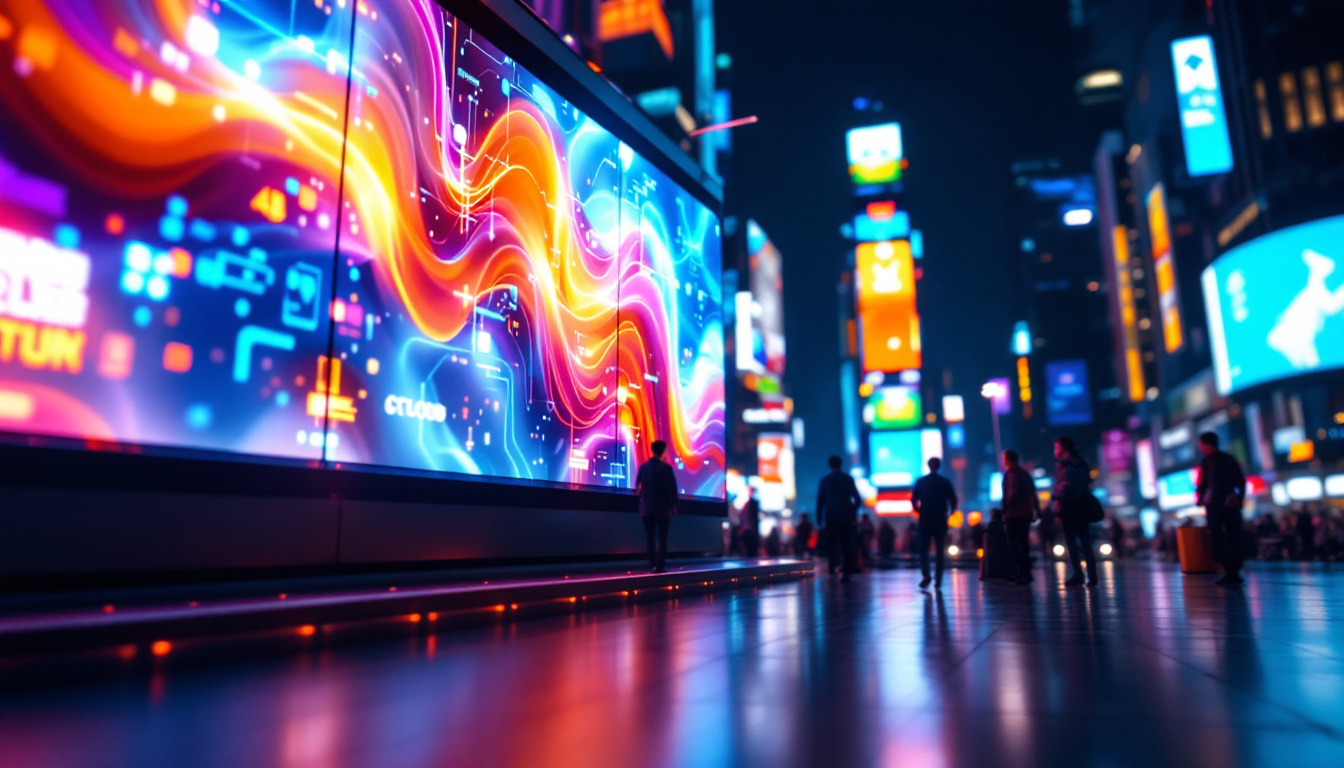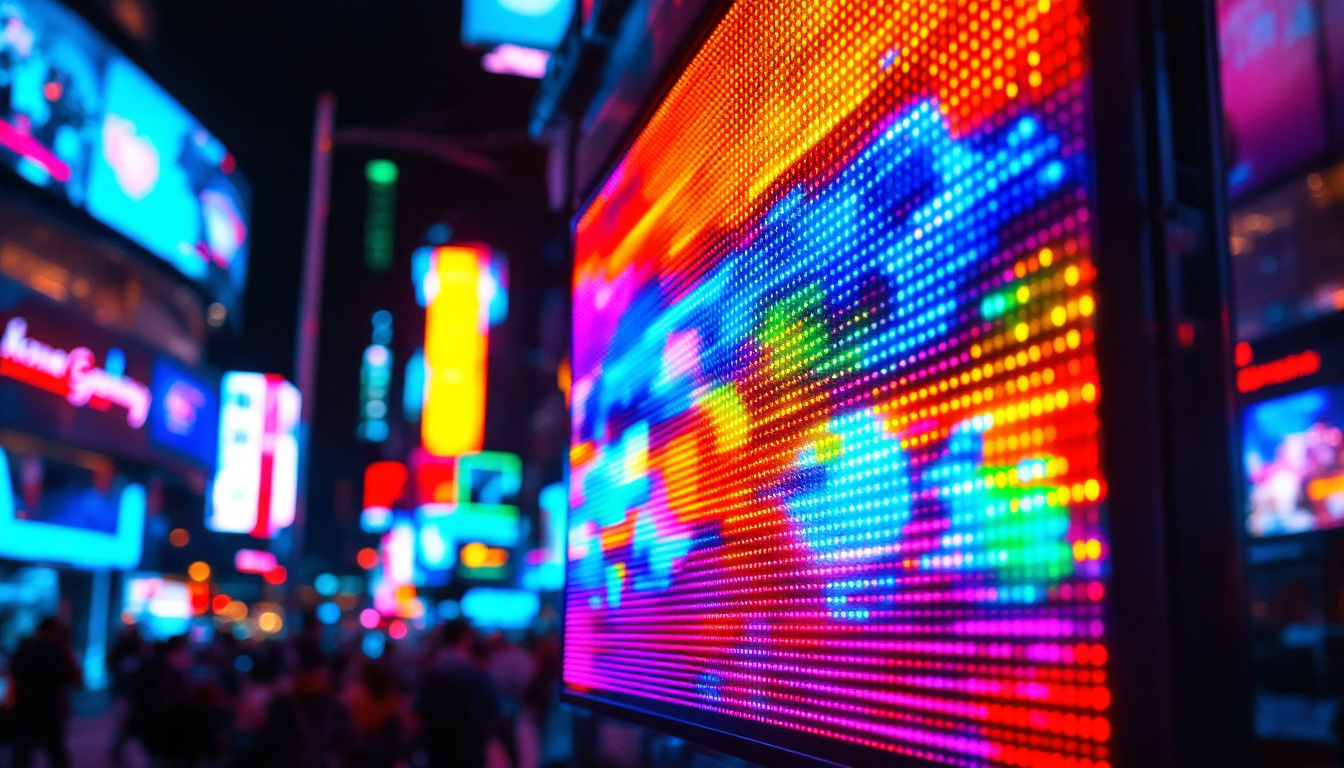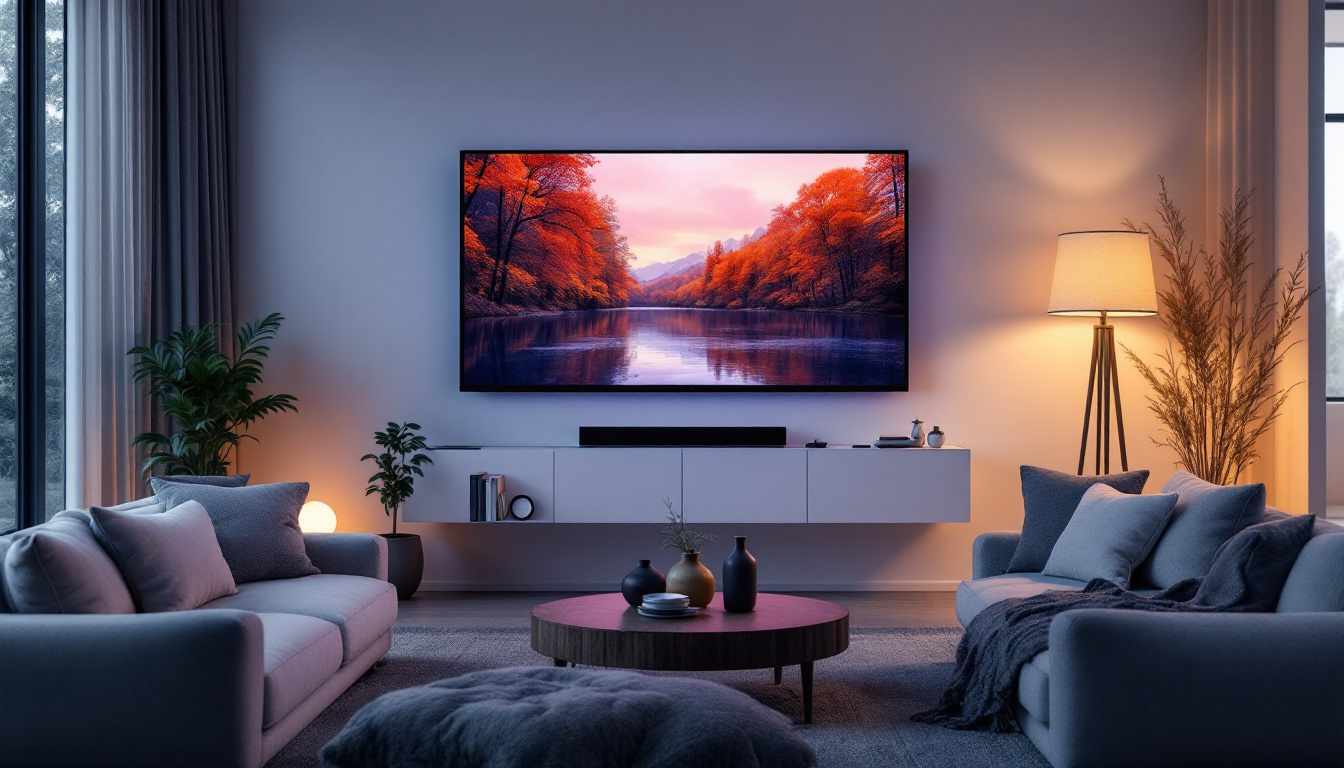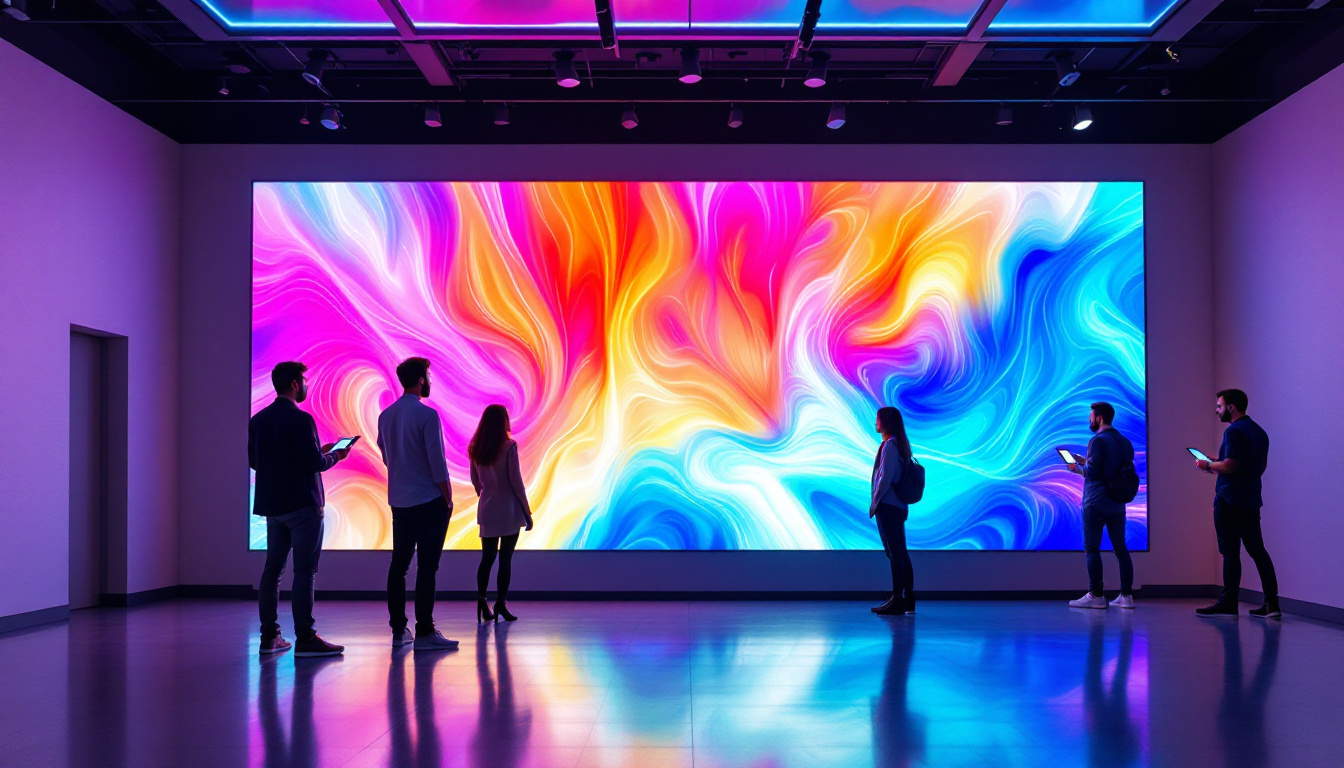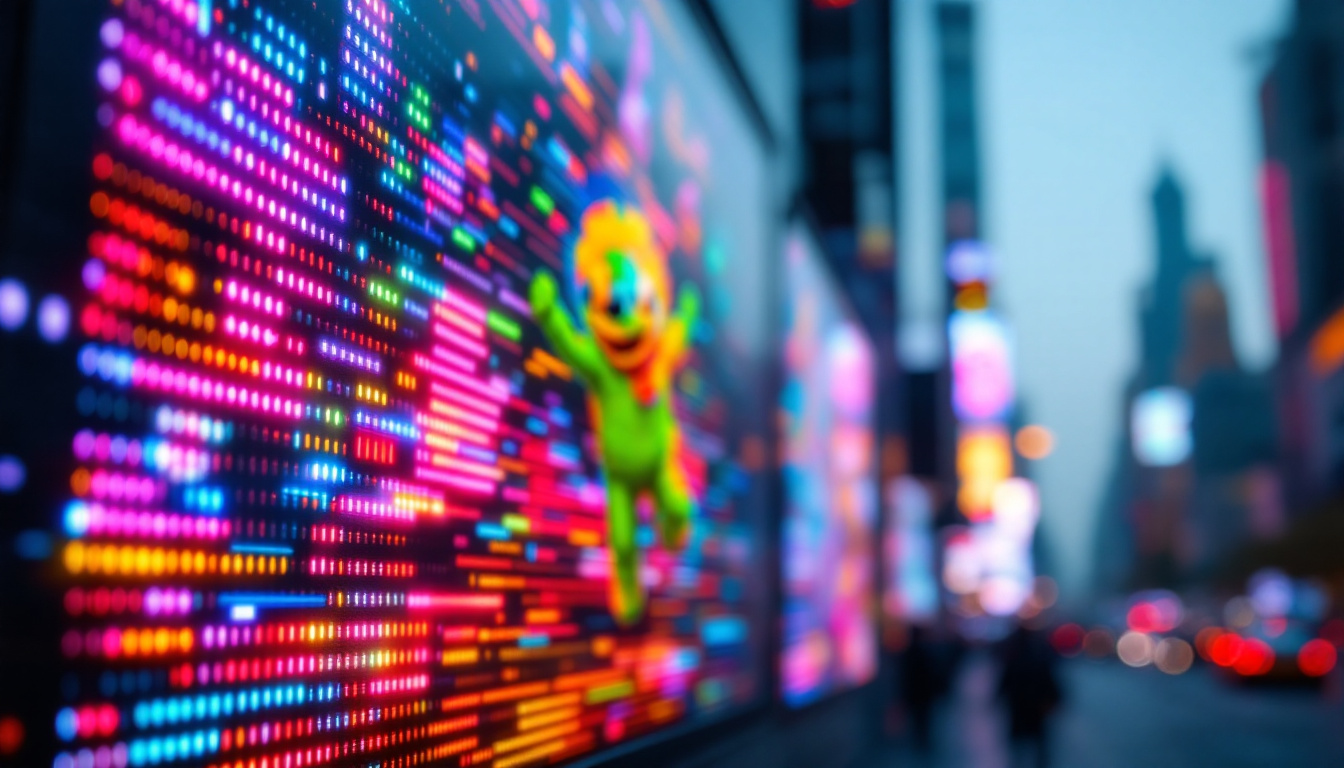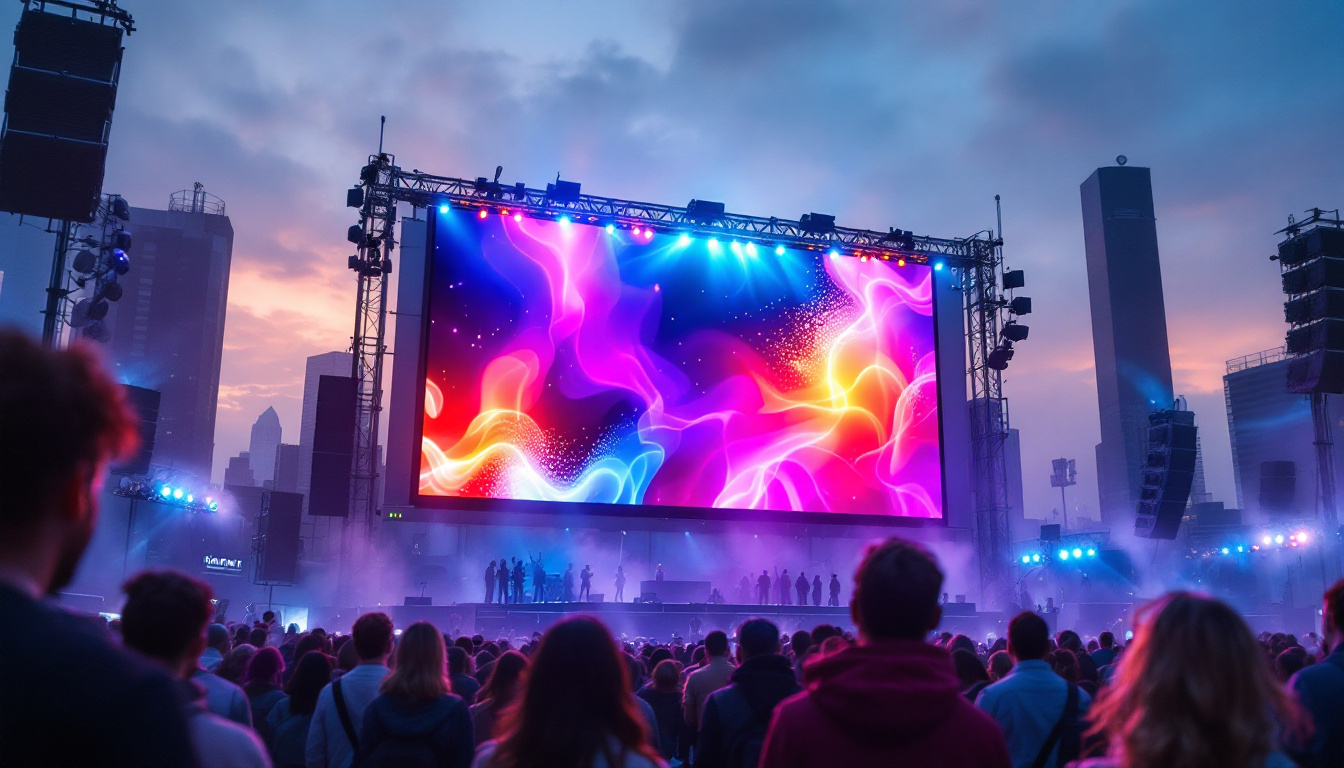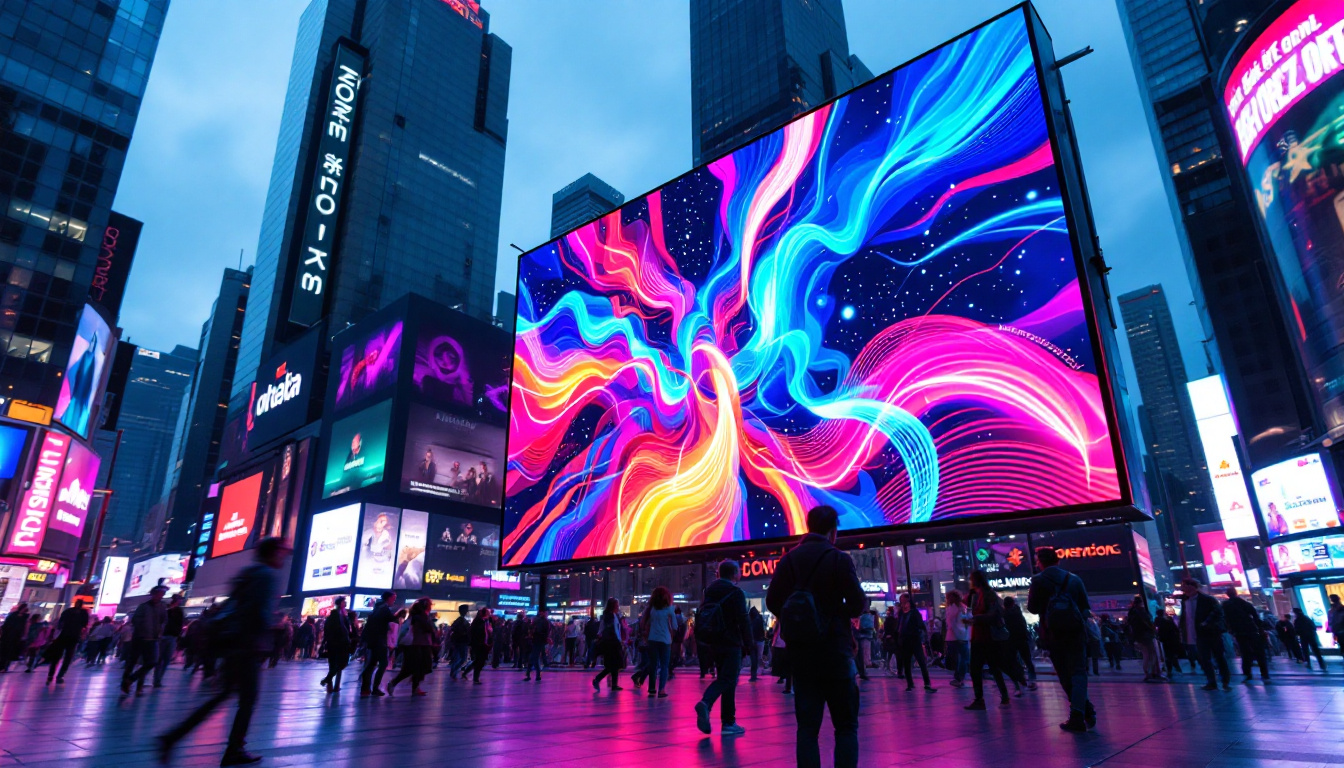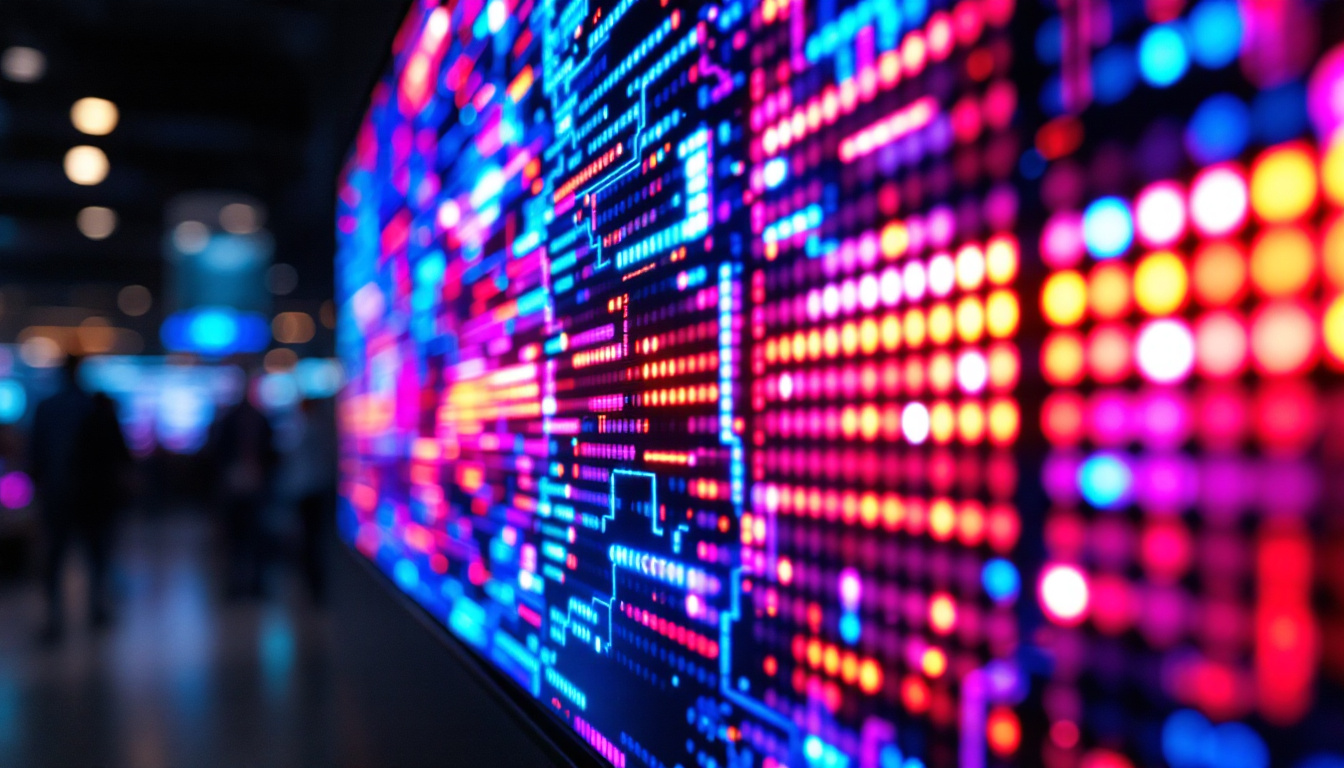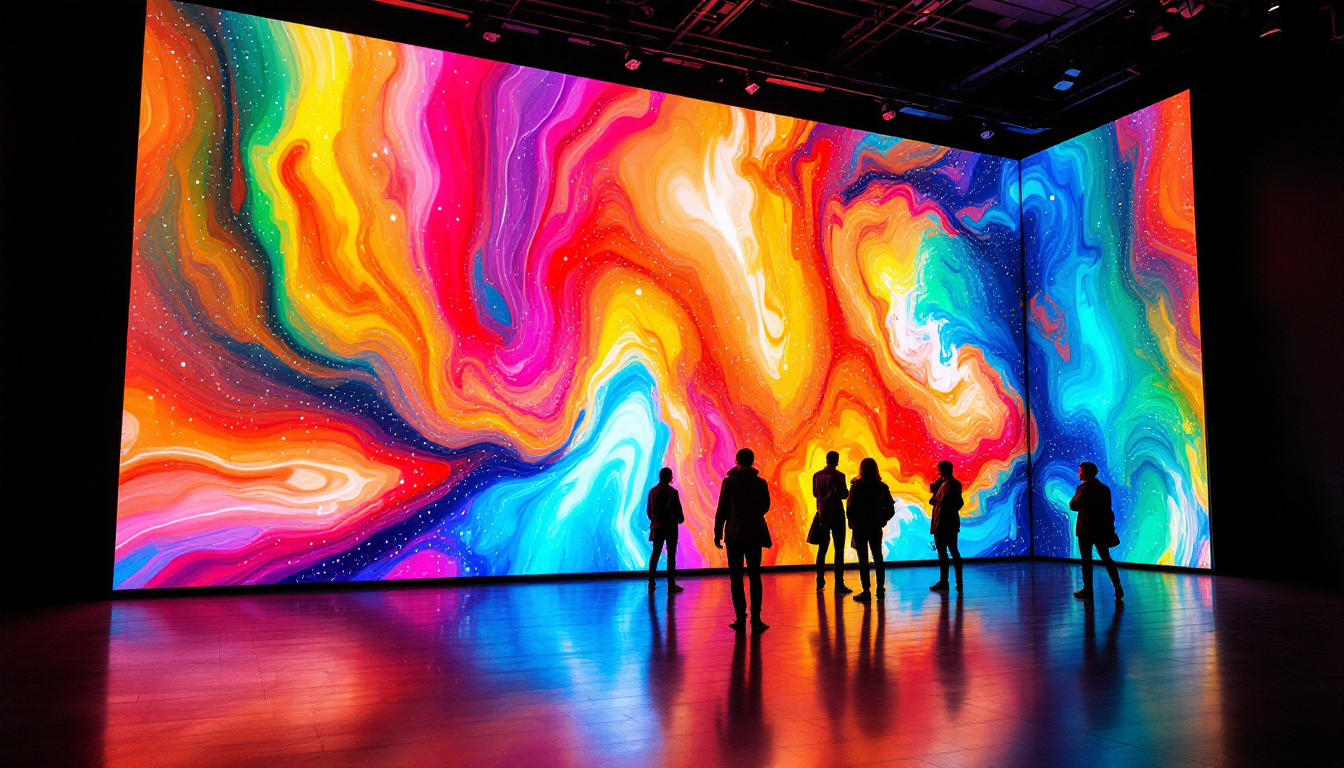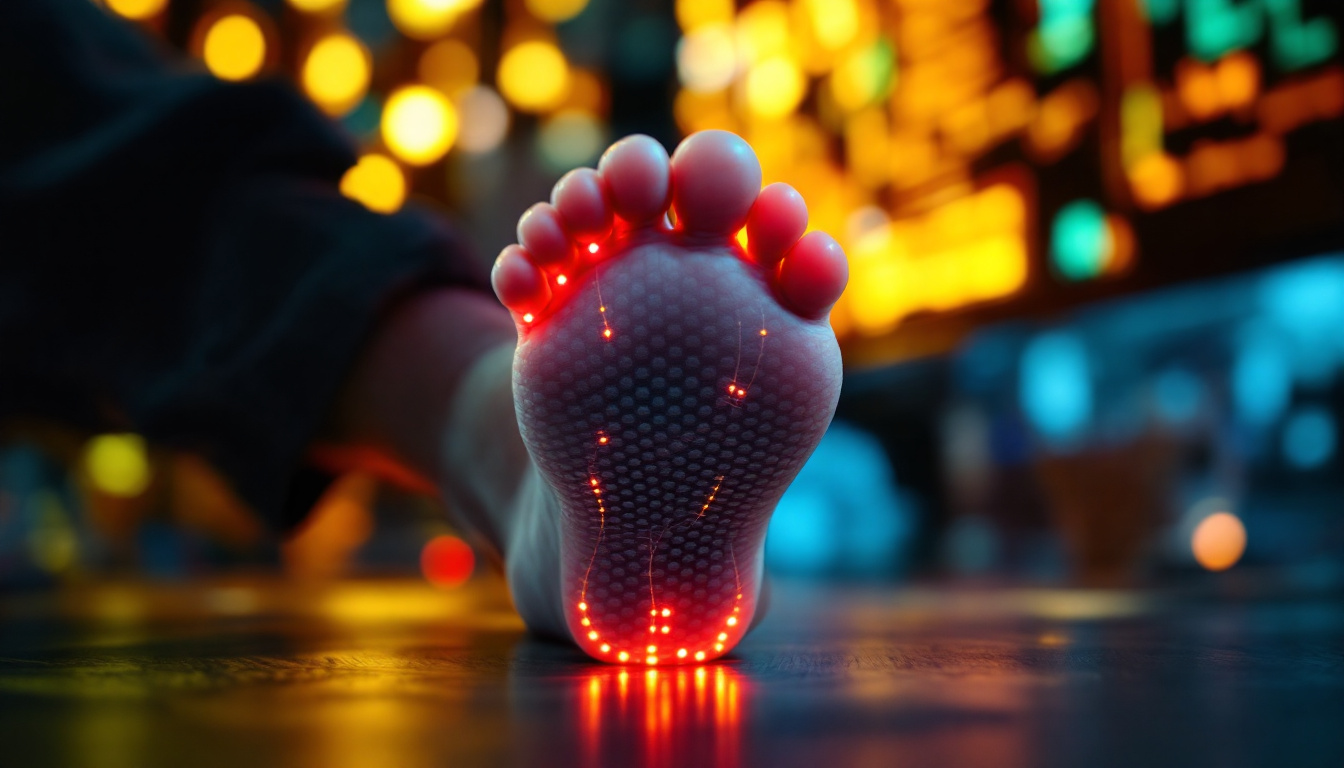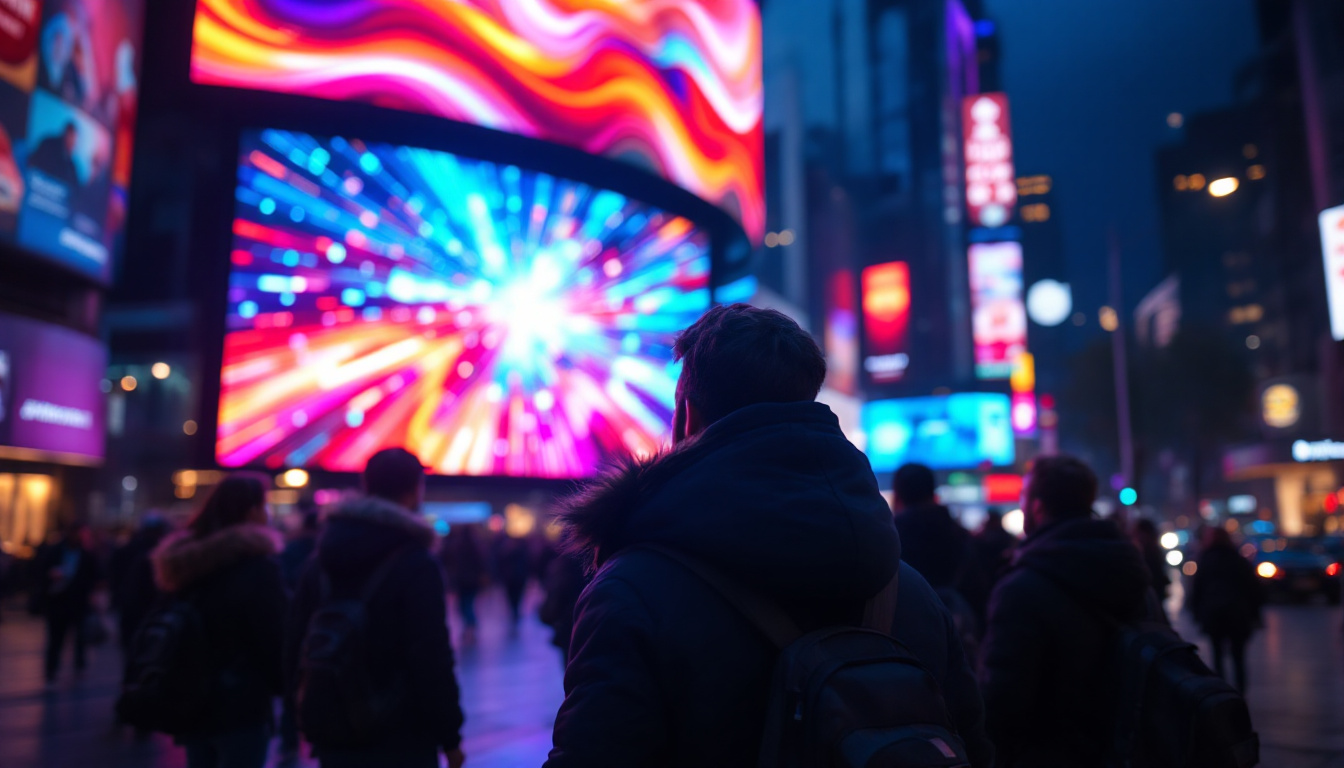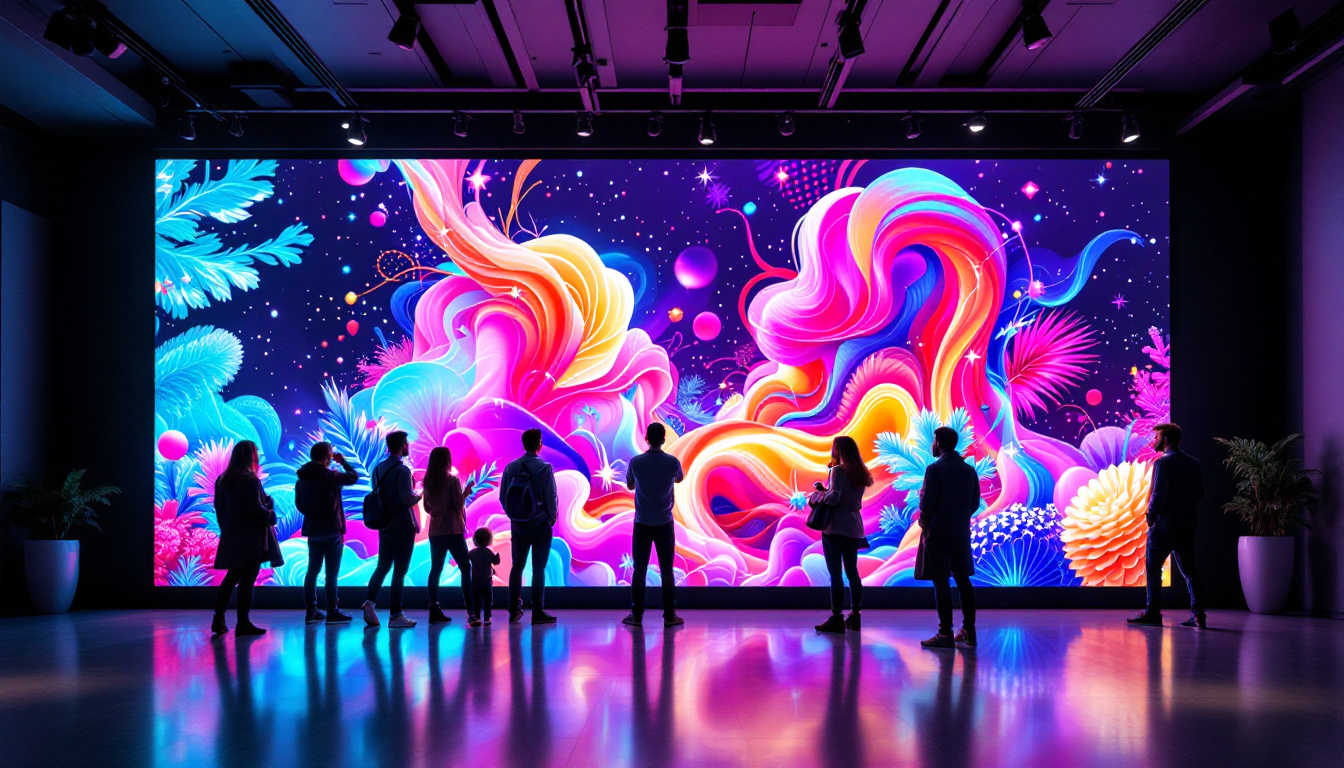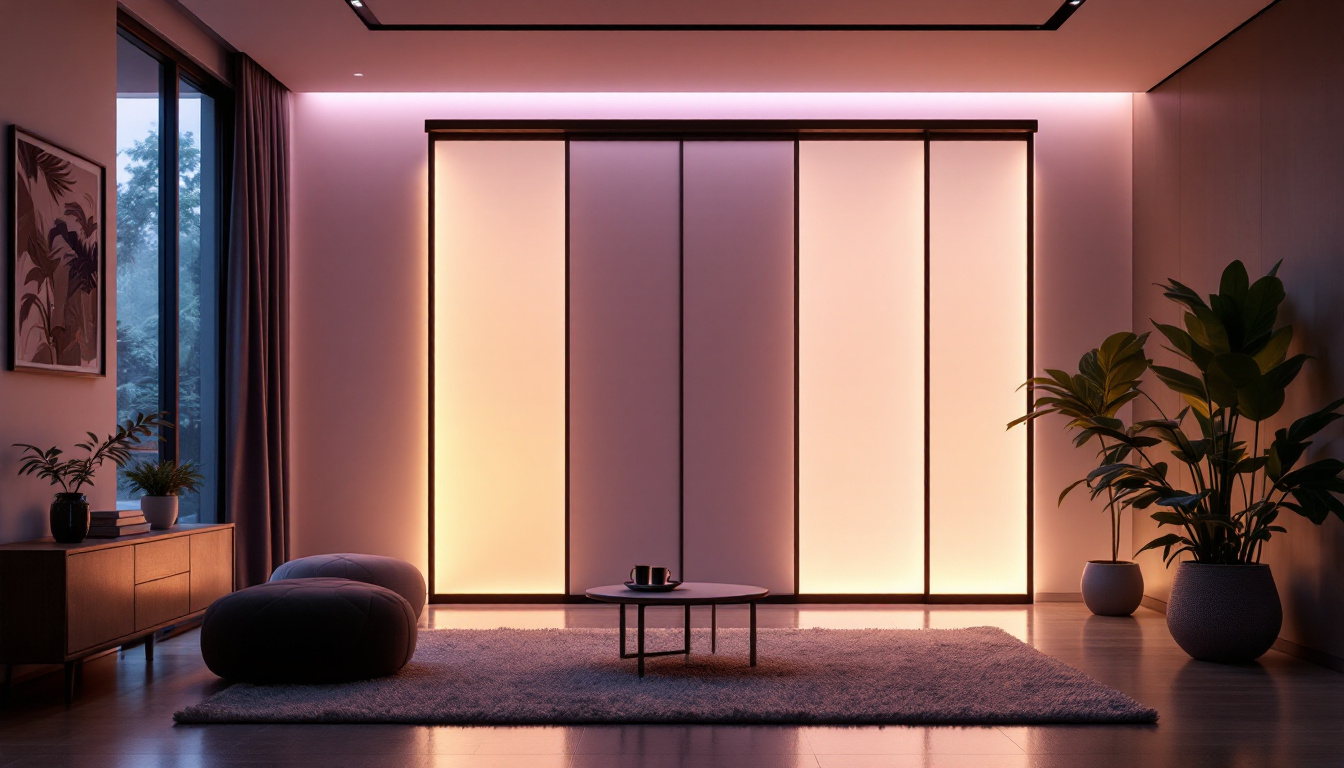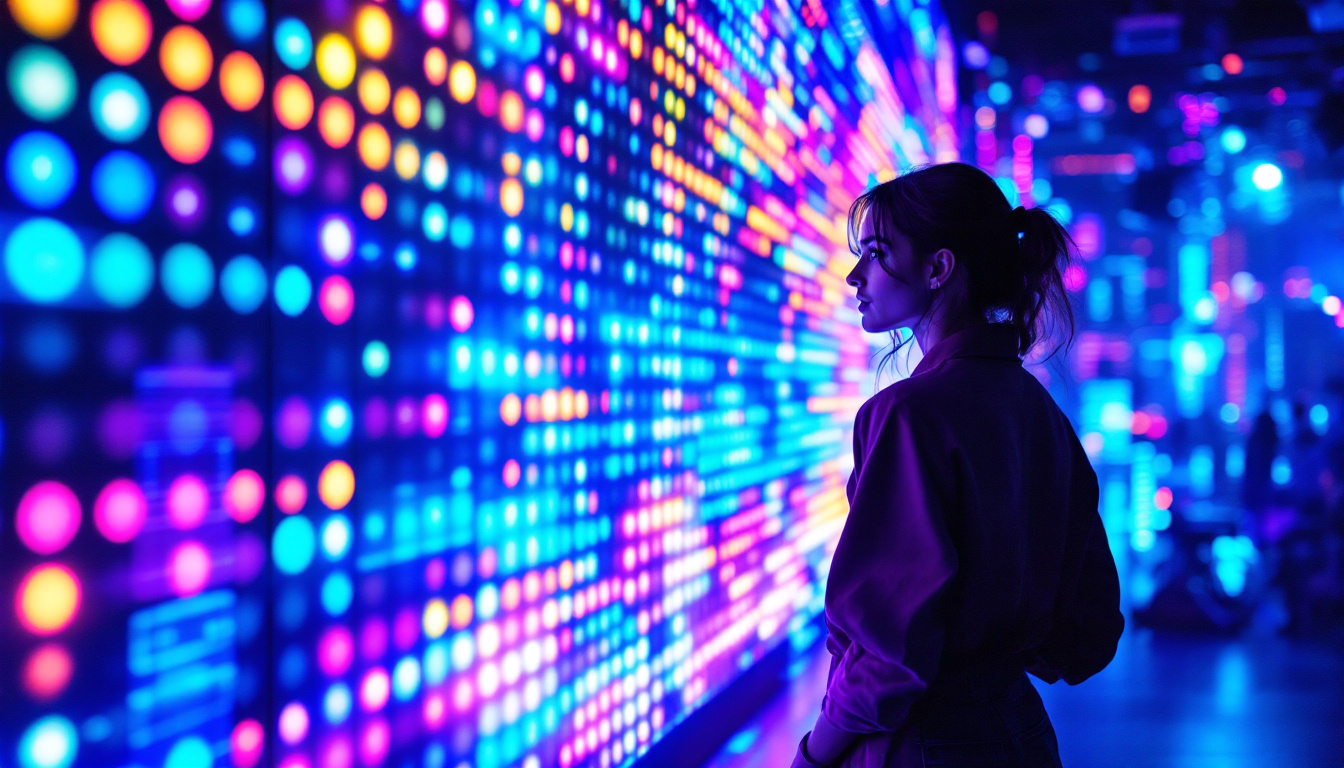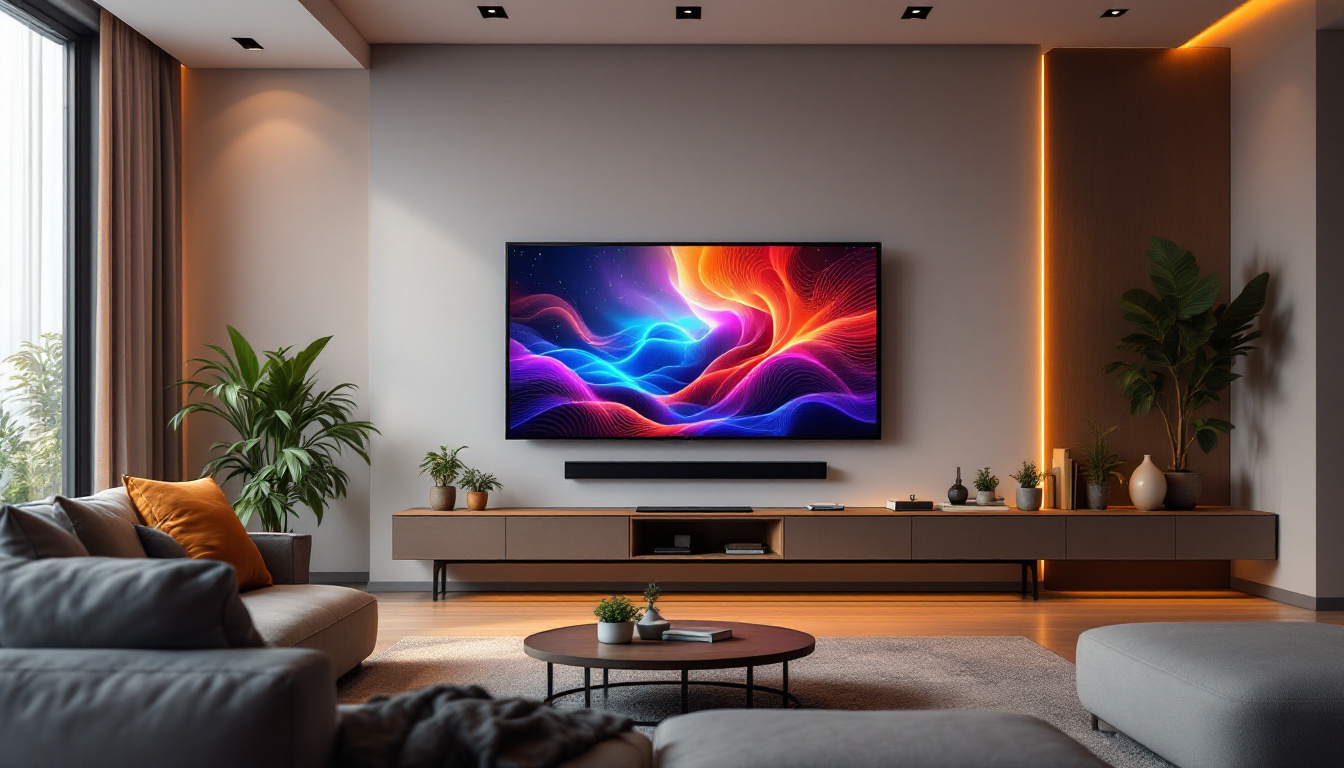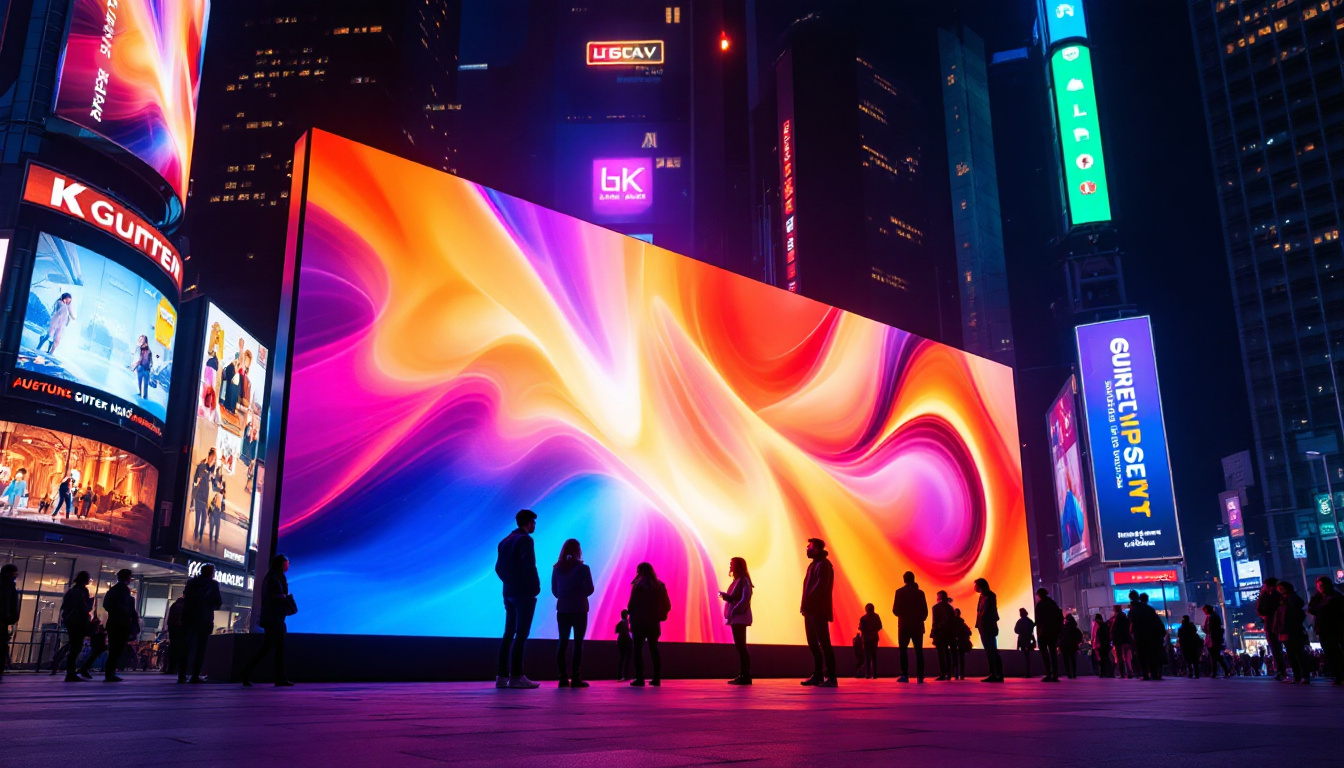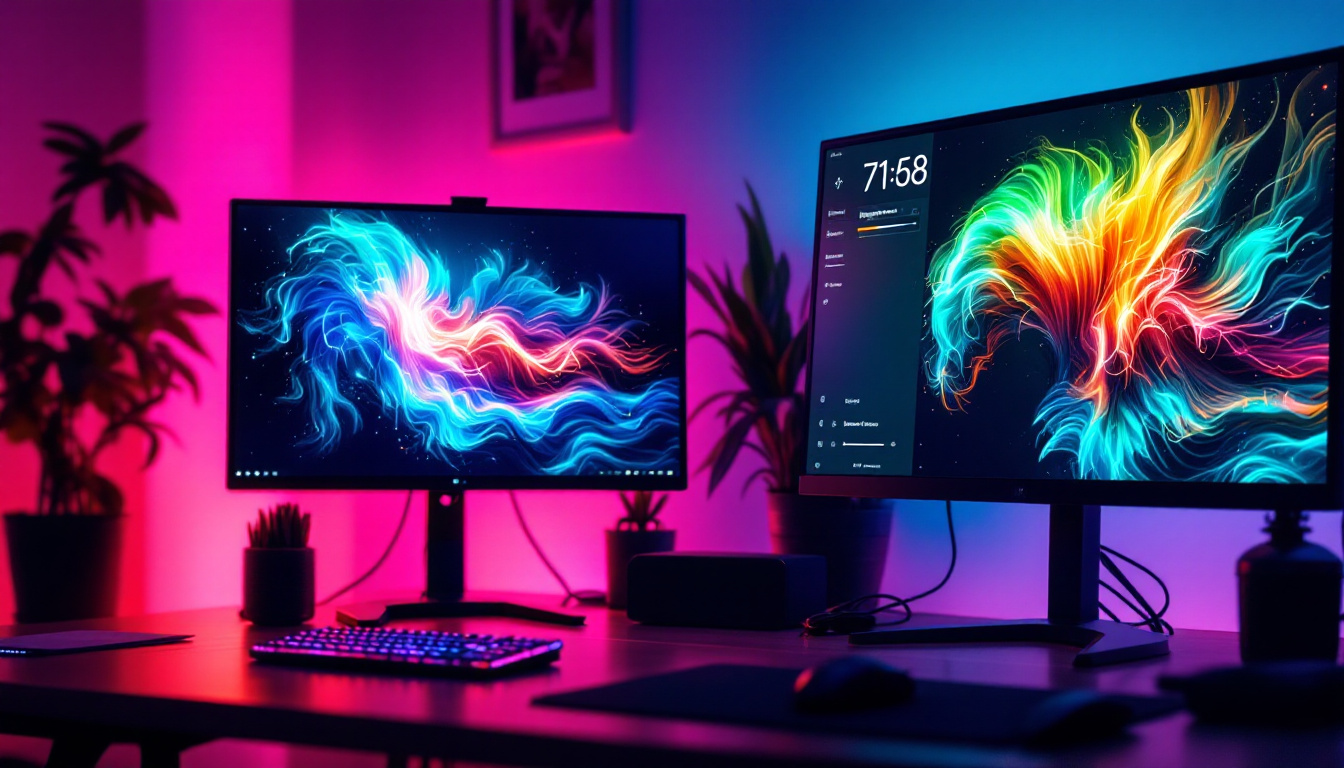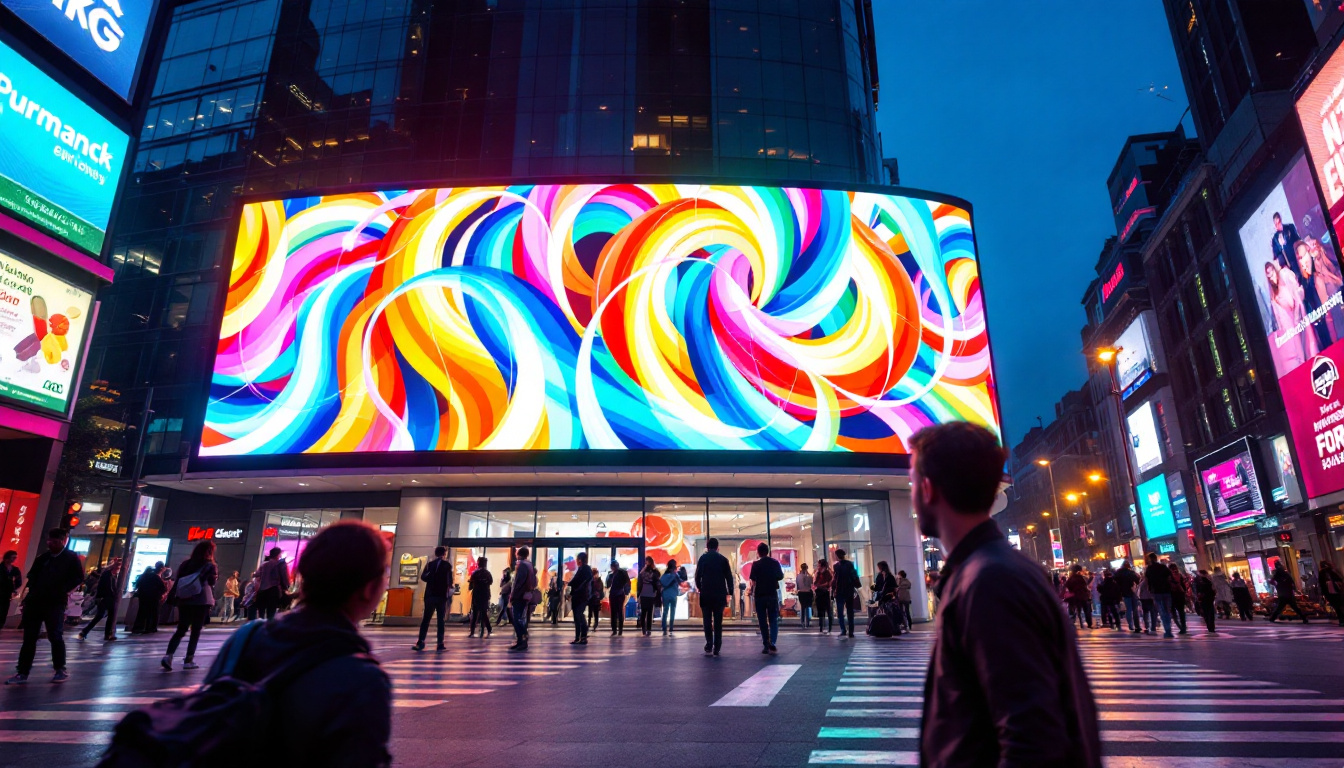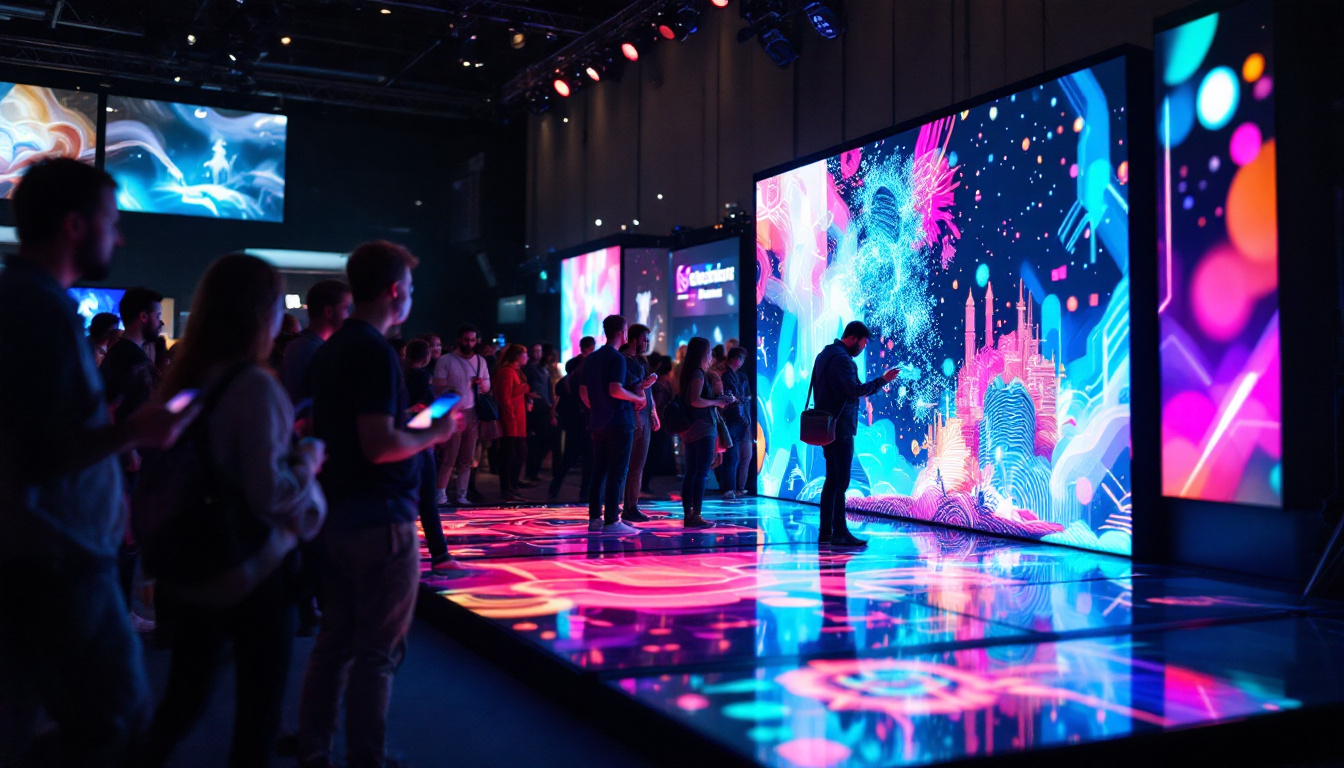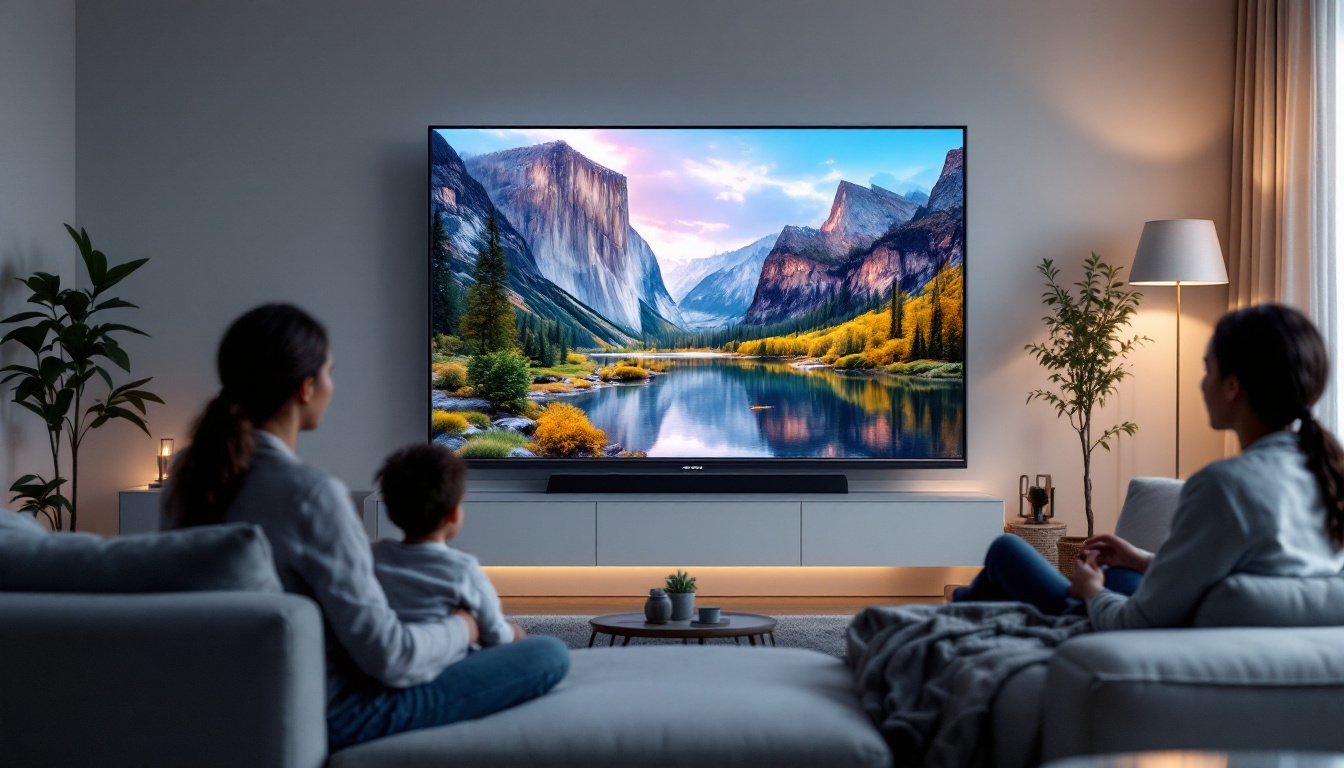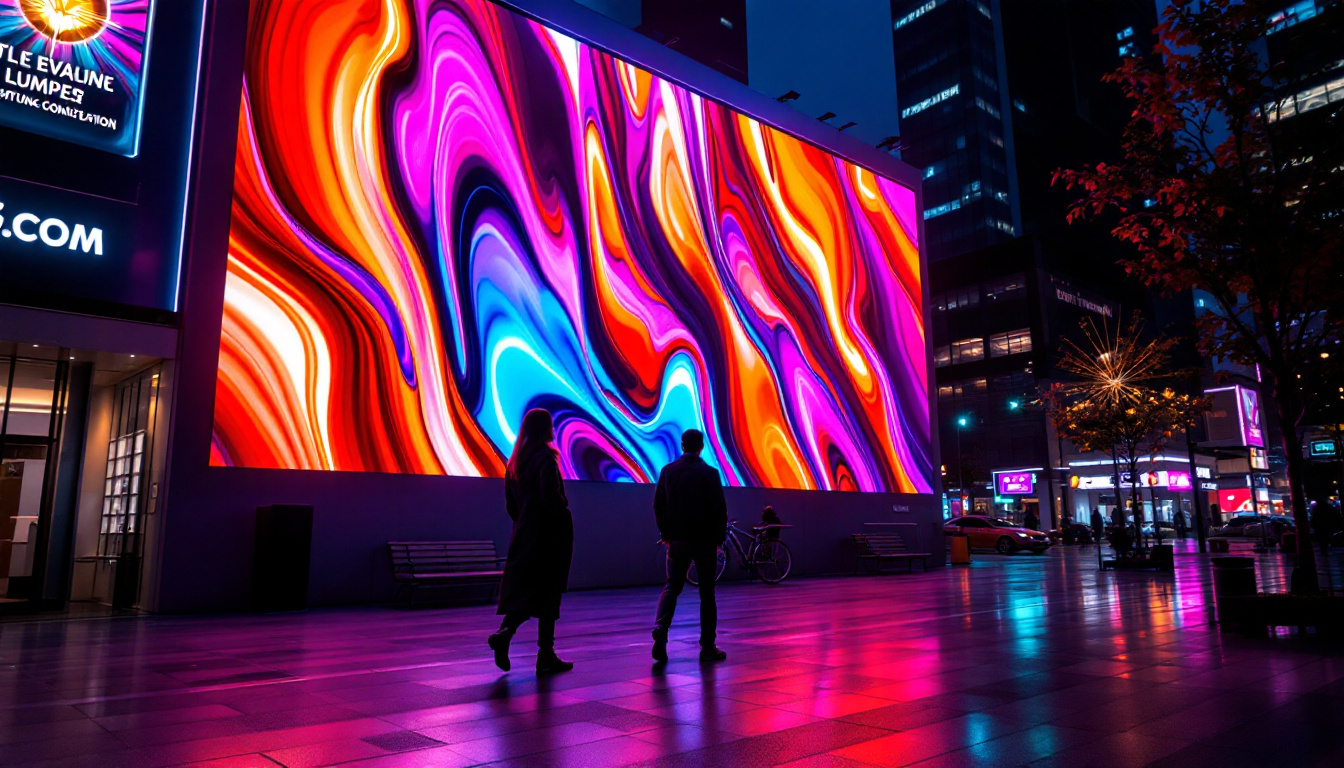In the rapidly evolving world of technology, LED displays have emerged as a cornerstone of modern visual communication. From advertising billboards to indoor screens, these displays are everywhere. Understanding how they work and their various applications can provide valuable insights into their significance in today’s digital landscape.
What is an LED Display?
LED, or Light Emitting Diode, displays are a type of flat panel display technology that utilizes light-emitting diodes to produce images. Unlike traditional LCD screens that rely on backlighting, LED displays generate their own light, which allows for greater brightness and contrast. This technology has revolutionized the way images and videos are presented, making them more vibrant and engaging. The ability to produce deeper blacks and brighter whites enhances the viewing experience, making LED displays a preferred choice for both consumers and professionals in various fields.
How LED Displays Work
At the core of LED display technology is the LED itself, a semiconductor device that emits light when an electric current passes through it. The display is made up of thousands of these tiny diodes, which can be arranged in various configurations to create images. The arrangement of red, green, and blue LEDs allows for the full spectrum of colors to be displayed, enabling high-quality visuals. This color mixing capability is essential for achieving realistic images, as it closely mimics the way human eyes perceive color.
When an image is to be displayed, the control system sends signals to the individual LEDs, adjusting their brightness and color to create the desired picture. This precise control over each pixel results in sharp images and smooth motion, making LED displays ideal for dynamic content such as videos and animations. Furthermore, advancements in technology have led to faster refresh rates and improved response times, which are crucial for applications in gaming and high-definition video playback.
Types of LED Displays
LED displays come in various types, each suited for different applications. The most common types include:
- Direct View LED Displays: These displays consist of individual LED modules that are combined to form a larger screen. They are often used for outdoor advertising due to their high brightness and visibility in sunlight. Their modular nature also allows for easy repairs and upgrades, making them a flexible choice for businesses looking to invest in long-term advertising solutions.
- LED Backlit LCD Displays: These displays use LED technology to provide backlighting for an LCD panel. They are commonly found in televisions and computer monitors, offering improved contrast and energy efficiency compared to traditional fluorescent backlighting. Additionally, the thinner profile of LED backlit displays enables sleeker designs, appealing to modern aesthetics in consumer electronics.
- Organic LED (OLED) Displays: A newer technology, OLED displays use organic compounds to emit light. They offer superior color accuracy and contrast ratios, making them popular for high-end televisions and smartphones. The flexibility of OLED technology also allows for curved and flexible screens, paving the way for innovative designs in the future of display technology.
Moreover, LED displays are increasingly being integrated into various environments beyond consumer electronics. From large-scale digital billboards in urban centers to interactive displays in museums and exhibitions, the versatility of LED technology is transforming how information is conveyed and experienced. As the demand for high-quality visual content grows, the applications of LED displays continue to expand, driving further innovations in the field.
Applications of LED Displays
The versatility of LED displays has led to their adoption in a wide range of applications across various industries. Their ability to deliver high-quality visuals makes them a preferred choice for many scenarios.
Advertising and Marketing
One of the most prominent applications of LED displays is in advertising. Billboards and digital signage utilize large LED screens to capture the attention of passersby. These displays can showcase dynamic content, allowing businesses to change their messaging in real-time based on audience engagement or time of day.
The vibrant colors and high brightness of LED displays ensure that advertisements are eye-catching, even in bright sunlight. This capability has made them a staple in urban environments, where competition for attention is fierce. Furthermore, the integration of sensors and data analytics into LED advertising systems allows marketers to tailor their content to specific demographics, optimizing engagement and conversion rates.
Entertainment Venues
LED displays are also widely used in entertainment venues, including concert halls, sports arenas, and theaters. Large LED screens are often mounted above stages or in stadiums to provide audiences with a better view of performances or events.
In addition to enhancing the viewing experience, LED displays can be used to create immersive environments. By synchronizing visuals with sound and lighting, event organizers can craft memorable experiences that resonate with audiences. The use of LED technology in live events has also paved the way for innovative storytelling techniques, where visuals can transform the atmosphere, convey emotions, and even interact with performers, making each event unique and engaging.
Corporate and Educational Settings
In corporate environments, LED displays serve as powerful communication tools. They are often used for presentations, meetings, and training sessions, providing clear visuals that enhance understanding and retention of information.
Educational institutions have also embraced LED technology. Classrooms equipped with LED displays can facilitate interactive learning experiences, allowing teachers to present multimedia content that engages students more effectively. Beyond traditional teaching, these displays enable remote learning opportunities, where students can participate in live lectures and discussions from anywhere, breaking geographical barriers and fostering a more inclusive educational environment. Additionally, the ability to display real-time data and collaborative projects on LED screens encourages teamwork and enhances the overall learning experience.
Benefits of LED Displays
The advantages of LED displays extend beyond just visual quality. Their unique characteristics contribute to their growing popularity across various sectors.
Energy Efficiency
One of the standout features of LED displays is their energy efficiency. Compared to traditional display technologies, LED screens consume significantly less power, making them a more sustainable choice. This efficiency not only reduces operational costs but also minimizes environmental impact.
Moreover, many LED displays come with features such as automatic brightness adjustment, which further enhances energy savings by adapting to ambient light conditions.
Longevity and Durability
LED displays are known for their long lifespan, often lasting tens of thousands of hours with minimal degradation in performance. This durability makes them a cost-effective investment for businesses and organizations that rely on consistent visual communication.
Additionally, LED technology is more resistant to shock and vibration compared to traditional displays, making them suitable for a variety of environments, including outdoor settings where weather conditions can be challenging.
High Brightness and Contrast
The brightness and contrast capabilities of LED displays are unparalleled. They can produce vivid colors and deep blacks, ensuring that content is displayed with clarity and impact. This quality is particularly important for outdoor applications, where sunlight can wash out images on less capable displays.
Furthermore, the wide viewing angles of LED displays allow audiences to enjoy consistent image quality from different perspectives, making them ideal for large gatherings and public events.
Challenges and Considerations
While LED displays offer numerous benefits, there are also challenges and considerations that must be taken into account when implementing this technology.
Initial Cost
The initial investment for LED displays can be higher than that of traditional display technologies. Businesses must weigh the upfront costs against the long-term savings in energy and maintenance. However, as technology advances and production costs decrease, LED displays are becoming more accessible.
Content Management
Effective content management is crucial for maximizing the impact of LED displays. Organizations need to invest in software and training to ensure that content is updated regularly and displayed optimally. This requirement can be a barrier for some businesses, particularly smaller ones with limited resources.
Heat Generation
LED displays can generate heat during operation, which may require additional cooling solutions in certain environments. Proper ventilation and temperature control are essential to maintain performance and longevity, particularly in large installations.
The Future of LED Displays
The future of LED display technology is promising, with ongoing advancements that continue to enhance their capabilities. As the demand for high-quality visuals grows, manufacturers are exploring new innovations to meet these needs.
MicroLED Technology
One of the most exciting developments in the field is MicroLED technology, which utilizes even smaller LEDs to create ultra-high-resolution displays. This technology promises to deliver exceptional image quality while maintaining the energy efficiency and longevity of traditional LED displays.
MicroLED displays can be modular, allowing for flexible screen sizes and shapes, which opens up new possibilities for creative installations in both commercial and residential settings.
Integration with Smart Technology
As smart technology continues to advance, LED displays are being integrated with IoT (Internet of Things) capabilities. This integration allows for real-time data analysis, dynamic content updates, and enhanced interactivity, making displays more responsive to user needs.
For instance, businesses can utilize sensors to tailor content based on audience demographics or behavior, creating a more personalized experience that drives engagement.
Environmental Sustainability
With growing concerns about environmental sustainability, manufacturers are focusing on creating eco-friendly LED displays. This includes using recyclable materials, reducing energy consumption, and designing displays that have a lower carbon footprint throughout their lifecycle.
Conclusion
LED displays have transformed the way information is communicated visually, offering unparalleled brightness, energy efficiency, and versatility. Their applications span numerous industries, from advertising to education, making them an essential tool in the modern digital landscape.
As technology continues to evolve, the future of LED displays looks bright, with innovations that promise to enhance their capabilities even further. Organizations looking to invest in visual communication solutions should consider the benefits of LED technology while also being mindful of the challenges it presents.
Ultimately, understanding the intricacies of LED displays can empower businesses and individuals to make informed decisions that leverage this powerful technology to its fullest potential.
Explore Cutting-Edge LED Display Solutions with LumenMatrix
Ready to elevate your visual communication strategy? Discover LumenMatrix’s innovative LED display technology, designed to captivate and engage your audience. From dynamic Indoor and Outdoor LED Wall Displays to versatile solutions like Vehicle LED Displays, LED Posters, and even Custom LED Displays, LumenMatrix offers a wide range of products to meet your unique needs. Embrace the future of digital signage with our All-in-One LED Displays, LED Transparent Displays, and more. Check out LumenMatrix LED Display Solutions today and transform your brand’s visibility with unparalleled clarity and impact.

